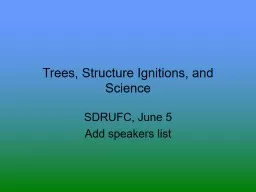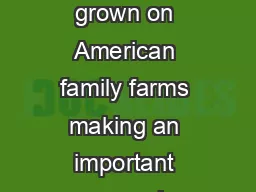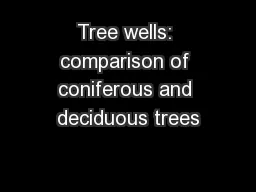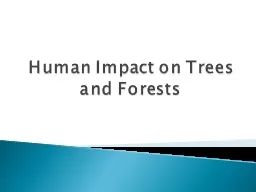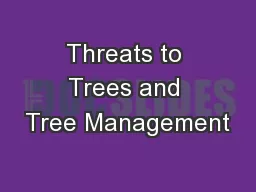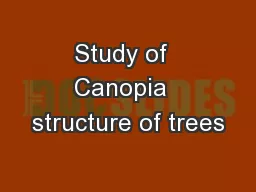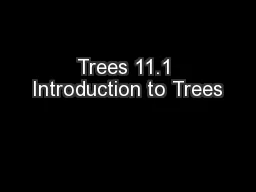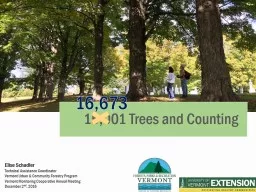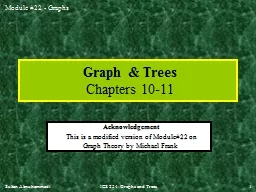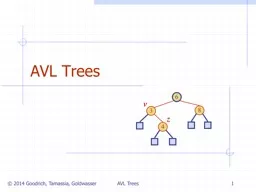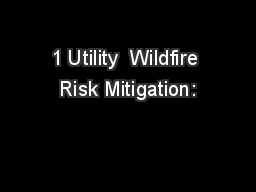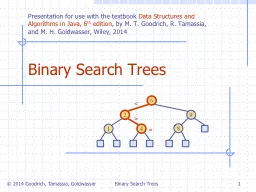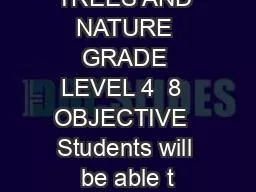PPT-Trees, Structure Ignitions, and Science
Author : collectmcdonalds | Published Date : 2020-07-01
SDRUFC June 5 Add speakers list SECTION FOR ANNE Urban forester Anne Fege will outline current state and local brush management codes and the limited empirical science
Presentation Embed Code
Download Presentation
Download Presentation The PPT/PDF document "Trees, Structure Ignitions, and Science" is the property of its rightful owner. Permission is granted to download and print the materials on this website for personal, non-commercial use only, and to display it on your personal computer provided you do not modify the materials and that you retain all copyright notices contained in the materials. By downloading content from our website, you accept the terms of this agreement.
Trees, Structure Ignitions, and Science: Transcript
Download Rules Of Document
"Trees, Structure Ignitions, and Science"The content belongs to its owner. You may download and print it for personal use, without modification, and keep all copyright notices. By downloading, you agree to these terms.
Related Documents

